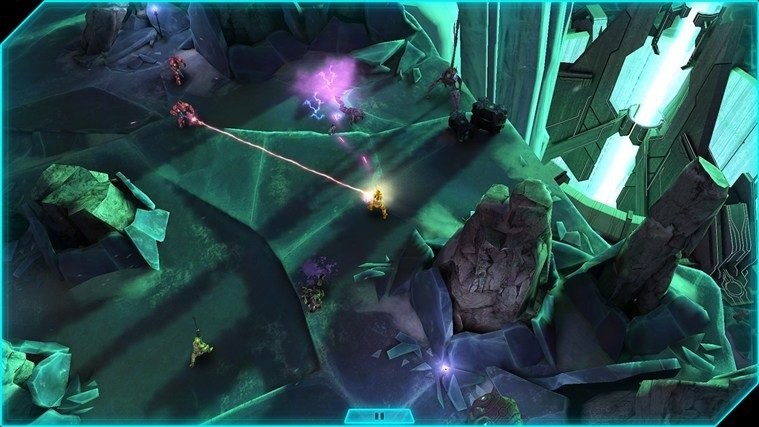
Researchers from Duke University in collaboration with Microsoft’s research arm have created a tool capable of reducing online gaming bandwidth by up to 83 percent.
Many of today’s top graphically-intensive mobile games are only possible through the use of cloud gaming. Much like PlayStation Now and the now defunct OnLive, processing power for cloud gaming takes place on remote servers and is fed back to the user as streaming video.
It allows gamers to play high-end titles on average and even subpar hardware. While a great idea, it also consumes a ton of bandwidth and if you’re not careful, you can eat through a data package in just a few hours unless you’re using Wi-Fi.
Dubbed Kahawai after the Hawaiian word for stream, the new tool employs a process called collaborative rendering. Instead of having a remote server perform all of the work, Kahawai enables the local device to handle some of the workload.
As explained by Duke Today, the task of generating fine-grained details like subtle changes in texture and shading at speeds of 60 frames per second is still left to the remote server. But with collaborative rendering, the mobile device generates a rough sketch of each frame or a few high-detail sketches of select frames and lets the remote server fill in the gaps.
Researchers invited 50 hardcore gamers to try out the new tool while playing Doom 3. When compared with traditional cloud gaming infrastructure, participants were able to obtain similar scores with both techniques and found no difference in response times.
The team notes that gaming was the natural starting point for developing and understanding the technology but any graphics-intensive application could potentially benefit from Kahawai.